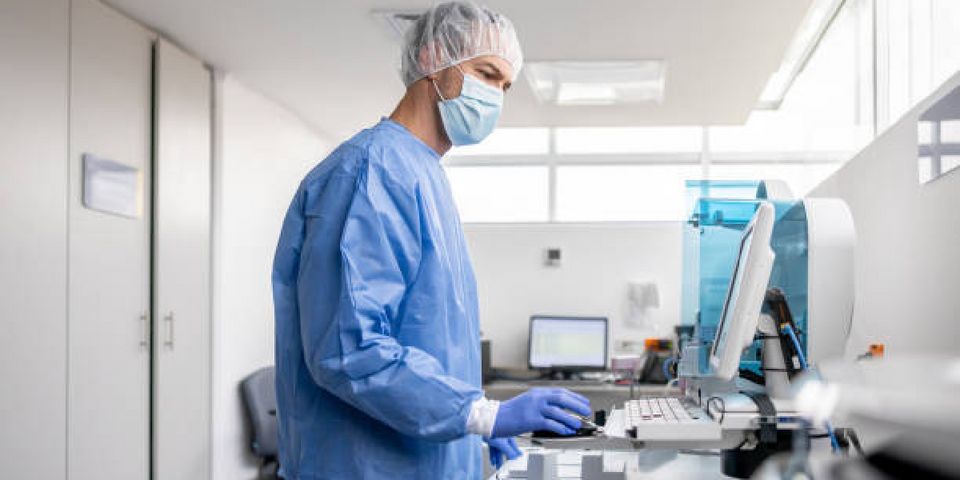A Guide to Handling Hazardous Drugs in Healthcare

Hazardous drugs (HDs) are medications that can pose a significant risk of harm to healthcare workers who handle them. The United States Pharmacopeia (USP) recognized this fact and established the General Chapter USP 800 to provide guidelines for handling hazardous drugs in healthcare. These guidelines apply to all individuals who handle hazardous drugs, including pharmacists, nurses, physicians, and other healthcare professionals. This guide provides more insight into the topic.
What Are Hazardous Drugs (HDs)?
Hazardous drugs are medications that can cause harm to healthcare workers who handle them. The USP 800 defines hazardous drugs as drugs that meet one or more of the following criteria: carcinogenicity, teratogenicity, reproductive toxicity, genotoxicity, organ toxicity at low doses, or structure and toxicity profiles that mimic other hazardous drugs. Examples of hazardous drugs include chemotherapy agents, hormones, and antiviral drugs.
What Factors Affect the Risks Posed by HDs?
Several factors affect the risks posed by hazardous drugs. These include the drug's toxicity, the route of exposure, the dose, the frequency and duration of exposure, and the worker's susceptibility. For example, some drugs are more toxic than others, and some routes of exposure, such as inhalation, pose a greater risk than others. Additionally, workers who are pregnant or have pre-existing medical conditions may be more susceptible to the harmful effects of hazardous drugs.
What Health Risks Can HDs Pose?
Hazardous drugs can pose a range of health risks to healthcare workers. These risks can include acute and chronic effects, such as skin and eye irritation, respiratory problems, liver and kidney damage, and an increased risk of cancer. Workers who handle hazardous drugs may also experience reproductive problems, such as infertility and miscarriage.
How to Mitigate Risks to Protect Workers
To protect healthcare workers from the risks posed by hazardous drugs, it is essential to implement appropriate safety measures. These measures should include the use of personal protective equipment (PPE), such as gloves, gowns, and respirators, as well as engineering controls, such as ventilation systems and closed-system drug transfer devices. Additionally, workers should receive training on how to handle hazardous drugs safely and should be provided with access to medical surveillance programs to monitor their health.
It is essential to follow the guidelines established by USP 800 to protect workers from the risks posed by hazardous drugs. If you’re searching for solutions, turn to Midwest Medical Systems in Dayton, OH. For over 30 years, this family-owned business has helped clients in the healthcare industry stay compliant with regulations and safety standards. They’re a leading provider of state-of-the-art medical laboratory services and equipment. For more information, contact them at (800) 762-7722 or visit their website.
About the Business
Have a question? Ask the experts!
Send your question

